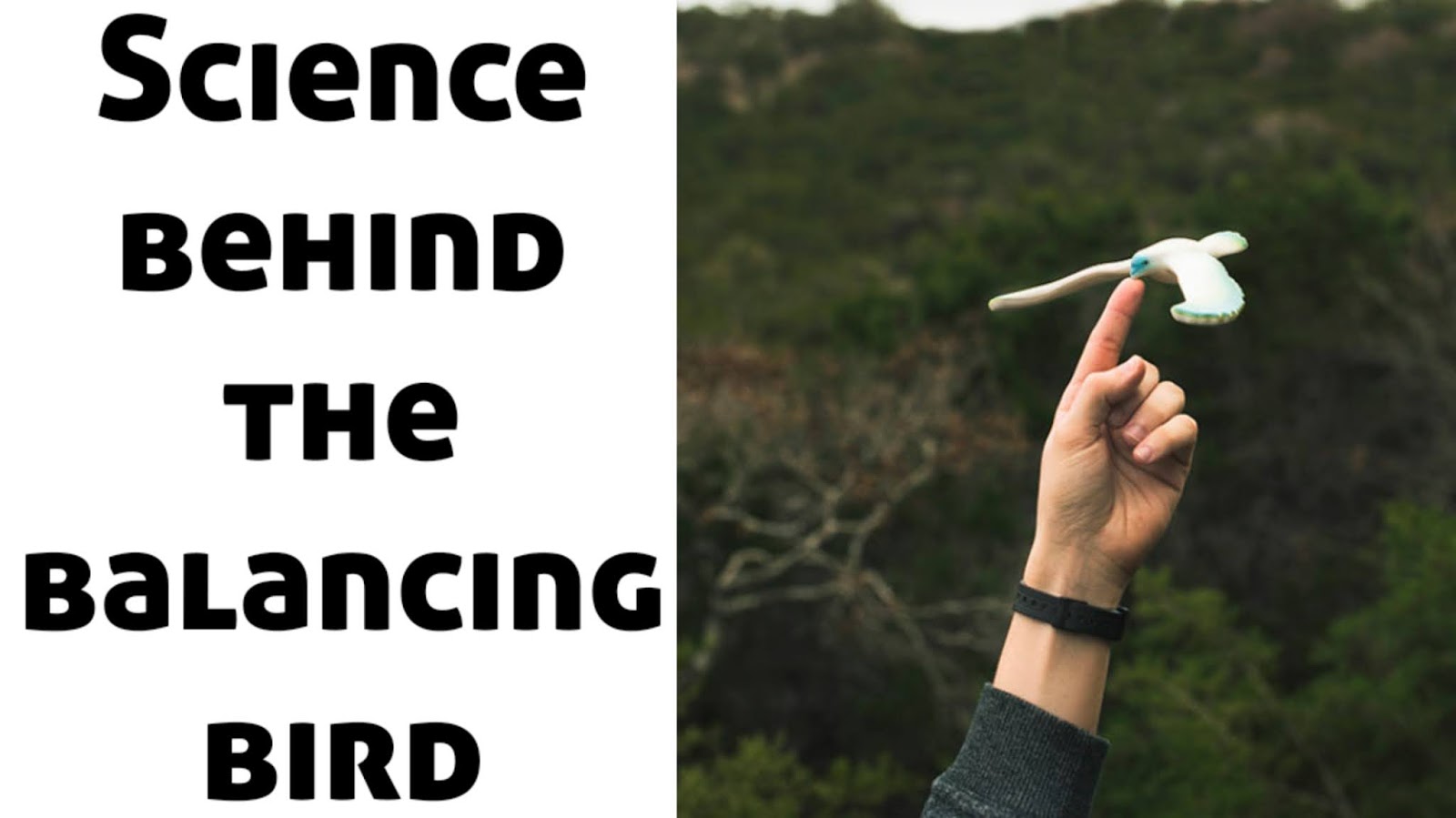Introduction
As the world grapples with climate change and depleting fossil fuel reserves, renewable energy sources like solar, wind, hydro, and geothermal have emerged as sustainable alternatives. Governments, businesses, and individuals are investing in green technologies to reduce their carbon footprint and embrace a cleaner future. However, despite their many benefits, renewable energy systems are not without drawbacks.
In this blog post, we'll explore the pros and cons of using renewable energy sources, helping you understand the bigger picture behind the global shift toward sustainable power.
🌱 Pros of Renewable Energy
1. Environmentally Friendly
Renewable energy sources generate little to no greenhouse gas emissions. Unlike fossil fuels, they don’t produce air pollutants or contribute significantly to global warming. This helps preserve ecosystems and improves public health.
2. Sustainable and Infinite
Solar, wind, and hydro energy are naturally replenished and virtually inexhaustible. As long as the sun shines and the wind blows, we can generate electricity without depleting finite resources.
3. Reduces Energy Bills
Installing solar panels or wind turbines at home can significantly reduce electricity costs. Over time, the savings often outweigh the initial investment.
4. Creates Jobs and Boosts the Economy
The renewable energy sector is labor-intensive, which means it creates more jobs than fossil fuel-based industries. From installation and maintenance to manufacturing and research, green energy supports economic growth.
5. Energy Independence
Countries that invest in renewable energy reduce their dependence on imported fuels. This increases national security and stabilizes energy prices.
⚠️ Cons of Renewable Energy
1. High Initial Costs
Although renewable energy saves money in the long run, the upfront costs of installation and infrastructure can be steep. This includes the price of solar panels, wind turbines, and battery storage systems.
2. Intermittent Supply
Solar and wind energy depend on weather conditions. Cloudy days or calm winds can disrupt power generation, making them unreliable without proper storage or backup systems.
3. Storage Challenges
Storing renewable energy for later use is expensive and technologically complex. Battery technology is improving but still lags behind the demand for large-scale energy storage.
4. Space Requirements
Some renewable energy installations, like wind farms or solar arrays, require large tracts of land. This can impact natural habitats and may not be feasible in densely populated areas.
5. Resource Location Limitations
Geothermal and hydroelectric energy are location-specific. Not every region has access to these resources, limiting their widespread adoption.
Suggested Read:
Top 5 Renewable Energy Trends to Watch in 2025
How to Choose the Right Solar Panel System for Your Home
Conclusion
Renewable energy holds immense promise for a cleaner, more sustainable future. While the benefits, such as reducing emissions and creating jobs, are substantial, challenges like cost, reliability, and storage need to be addressed for broader adoption.
As technology advances and global awareness increases, the transition to renewable energy will continue to gain momentum. Understanding the pros and cons of renewable energy allows consumers, policymakers, and businesses to make informed decisions that balance environmental responsibility with economic practicality.
Tags: renewable energy, solar power, wind energy, green energy, pros and cons of renewable energy, sustainable energy, clean energy sources






0 Comments